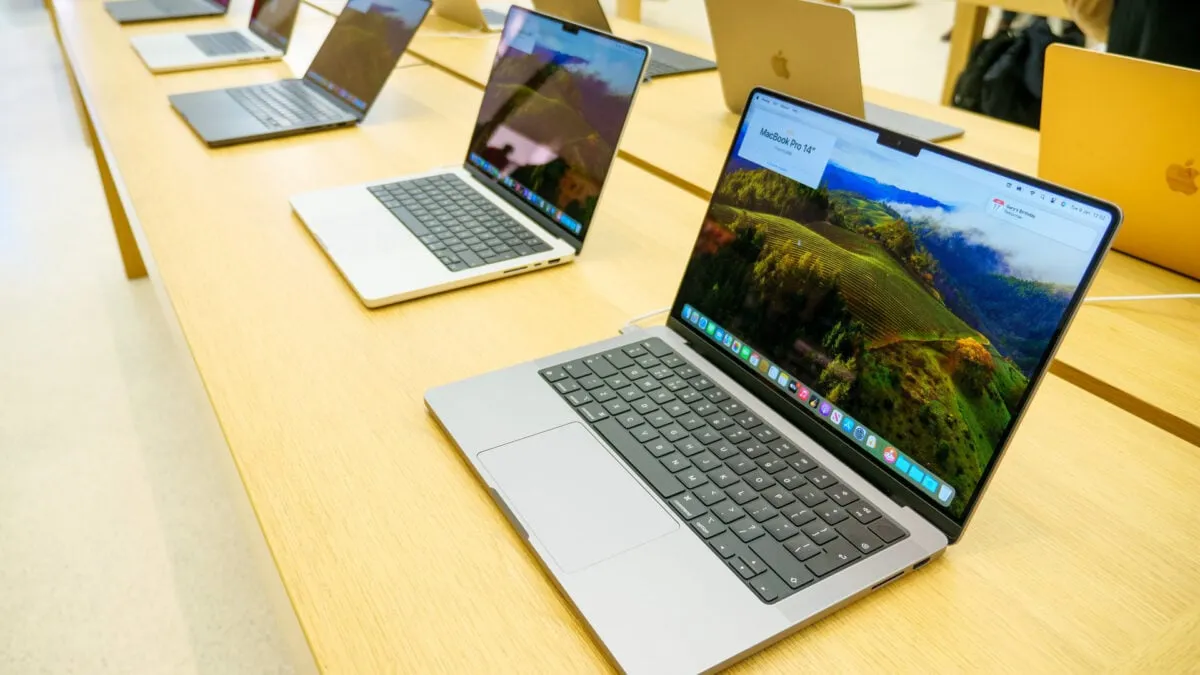
In the fast-paced world of technology news, the relentless pace of innovation can sometimes feel like a chaotic race, akin to a Wile E. Coyote-style calamity. Amid the hustle, there’s a growing desire for companies to embrace sincerity and self-reflection. Intel's new CEO, Lip-Bu Tan, recently expressed a grim assessment of the company's situation, suggesting that Intel is, quite literally, "cooked." This statement raises concerns, but for Apple—one of Intel's former major partners—it could signal a shift towards a more relaxed product release schedule.
According to Bloomberg's reliable Apple insider, Mark Gurman, we may not see any new MacBook Pro models until 2026. This potential delay could allow Apple to reassess its launch strategy, which traditionally included a new MacBook Air in the early months of the year followed by a Pro model in the fall. As much as some might hope for a groundbreaking redesign, Gurman indicates that the upcoming MacBook Pros will continue to feature the same design elements we've seen since 2021, even with the anticipated M5 chips.
Additionally, the highly rumored OLED display technology, which promises improved contrast and color quality, is not expected to debut until 2027. This delay follows a pattern seen in previous years; for instance, Apple released its M2 MacBook Pro in January 2023 and introduced the M3 models in October, during its "Scary Fast" event.
In the realm of iPads, Gurman has noted that new iPad Air models equipped with M3 chips could be unveiled alongside a replacement for the standard $350 iPad, potentially in March or April 2026, assuming the timeline remains intact. Meanwhile, the iPad Pro is expected to receive an upgrade with an M5 chip as early as October.
While Apple seems to be taking its time with Mac releases, it appears to be maintaining its rhythm with iPhone launches. A successor to the iPhone 16e, priced at $600, is rumored to be in the pipeline, which might finally eliminate the notch in favor of the floating Dynamic Island design that has become prevalent in many modern iPhones. Additionally, the highly anticipated iPhone 17 is still slated for a fall launch alongside iOS 26.
Since transitioning away from Intel CPUs in 2020, Apple has been on a remarkable streak with its MacBook lineup, thanks to the introduction of its own ARM-based M-series chips. The latest M4 models outperform many Intel, AMD, and Qualcomm chips in benchmark tests. However, Apple has faced criticism for its lack of innovation in design, as the current MacBook Air and Pro models have not significantly changed year-over-year.
Meanwhile, Intel is grappling with significant challenges. The company recently announced plans to lay off thousands of employees as part of a broader strategy to regain its footing in the semiconductor sector. Tan, in a candid internal message, acknowledged that Intel is not among the top ten semiconductor companies today, a stark contrast to its position three decades ago. He emphasized that turning the company around will be a "marathon," requiring a leaner and more agile approach to compete effectively.
As Intel navigates its internal struggles and Apple recalibrates its product release strategy, the tech landscape remains dynamic and unpredictable. Both companies face unique challenges and opportunities that will shape their futures in the competitive realm of technology. The coming months will be crucial as they adapt to the evolving demands of consumers and the market.